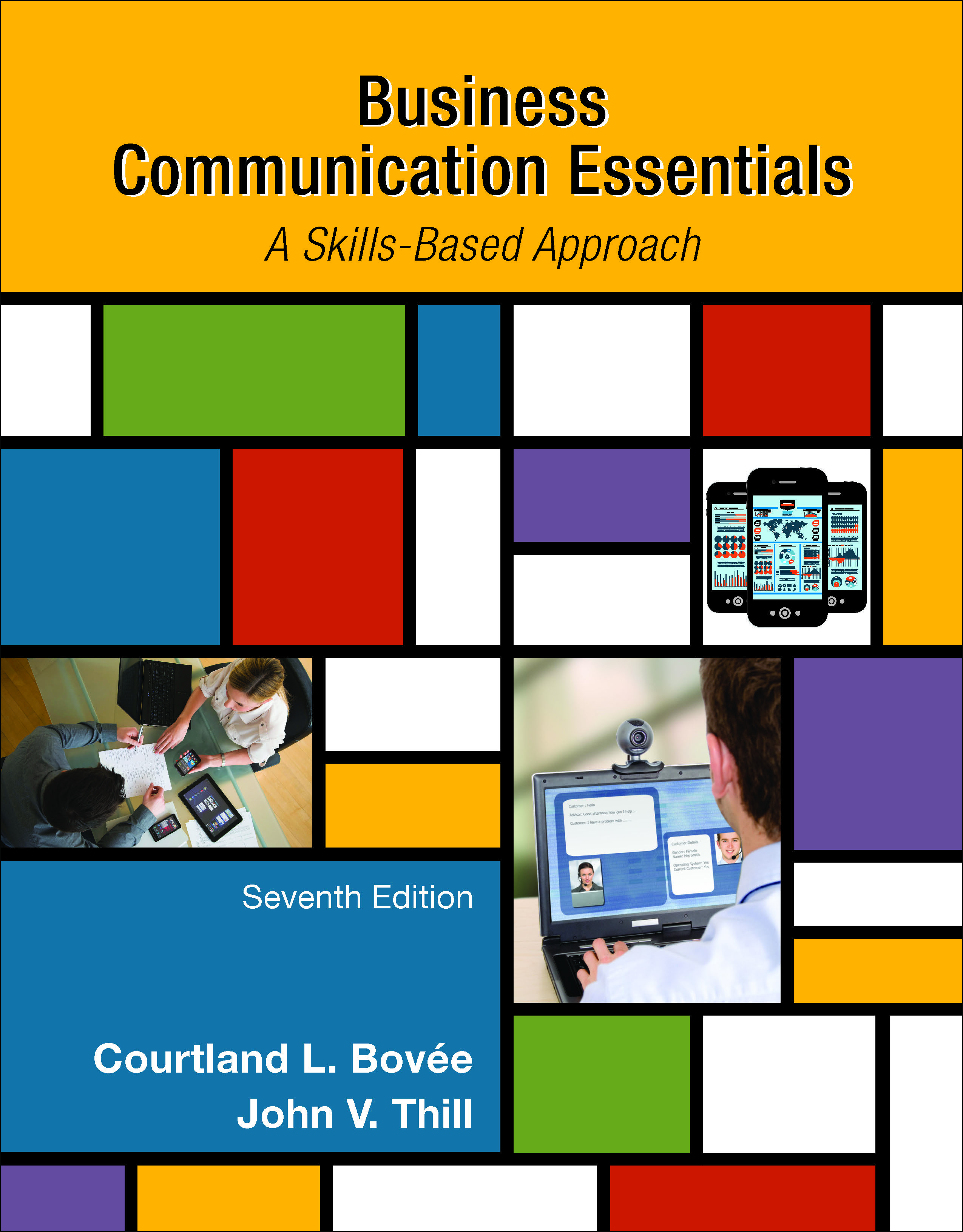Business Communication Essentials, 7th Ed.
Chapter 14. Applying and Interviewing for Employment
When you are presenting a calculation and how changes will affect it, make sure you do it so that the information is clearly understood.
Why did housing prices go up so much from 2000-2006 even though classical supply/demand would not have called for it View original content
This preview shows you how to grab a screen capture and use it to illustrate a web site or application in your PowerPoint presentation.
The short and simple story of the credit crisis.
Often the design of our slides actually promotes too much text and leads to reading the slides.
When we get graphs as graphics from other sources, we think there is nothing we can do with them.
When you are talking about date based events or information, don't use a simple list of the dates with no visual.
This easy Twitter tutorial explains several ways to find people to follow on Twitter.
Wetpaint makes easy-to-use wikis and this video was made for use on Wetpaint.
A simple procedure for setting up an RSS aggregator.
Crowdsourcing" has, virtually overnight, generated huge buzz, enthusiasm, and fear.
Jeff Howe delves into both the positive and negative consequences of this intriguing phenomenon.
This is a Dove Beauty ad showing Photoshop changing a plain girl into a model.
Analogies are a good way to help the audience understand your point.
When explaining a technique, it is better to show than to tell.
For this session, you will learn how to create screen capture PowerPoint visuals that are big enough to see because they zoom in on the key parts of the screen.
On a monthly, quarterly or annual basis many people report their activity to the boss, a committee or stakeholders.
When explaining a technique, it is better to show than to tell.
Legal topics can be dry and boring if presented using slides that simply contain the words from a document.
Guy Kawasaki illustrates a simple-to-remember and truly effective mini-set of rules to conquer PowerPoint's typical low-legibility, visual boredom, and inability to augment the presentation being delivered.
I think this simple story of how a customer at P.
In many training situations, too much text is put on the slide.
Analogies are a good way to help the audience understand your point.
Click here to watch this video
Discussion questions:
What is the mission of Live Nation?
Click here to view the video
Discussion questions:
What does Blake Mycosckie mean when he says a business designed to provide shoes to those in need would be more sustainable than a charity established for the same purpose?

